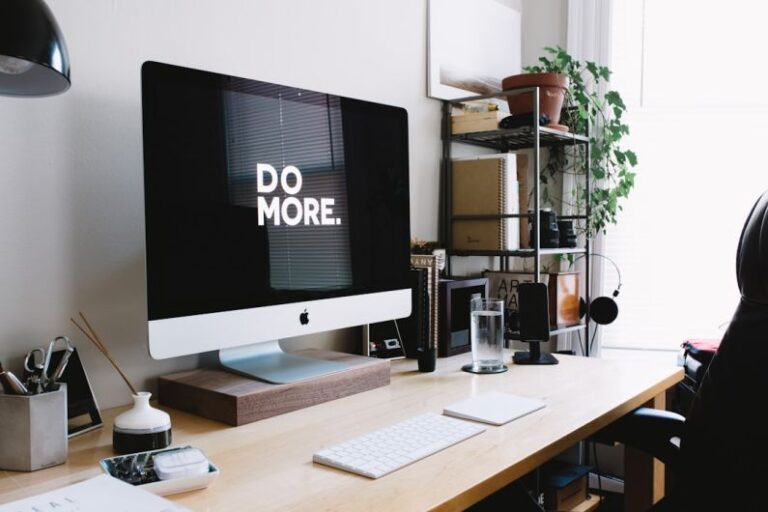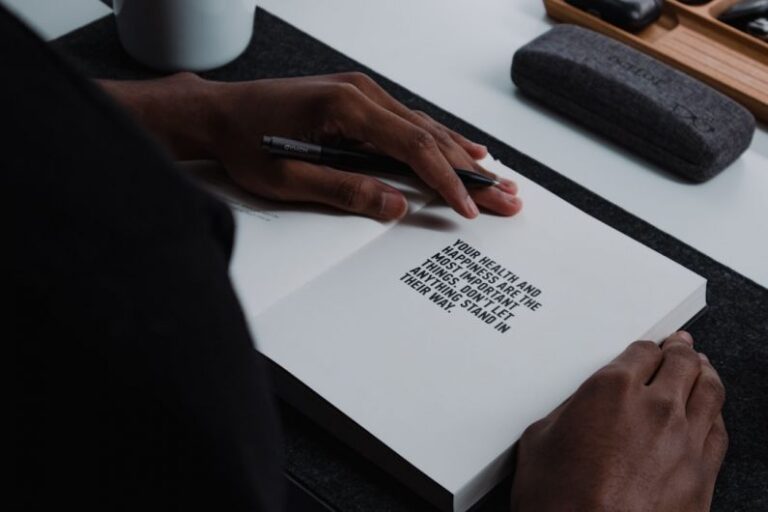Going beyond Multi-tasking with Single-tasking
In a world that glorifies multitasking and constantly being busy, the art of single-tasking is often overlooked. We live in a society where doing multiple things at once is seen as a badge of honor, a symbol of productivity and efficiency. However, what if I told you that by focusing on one task at a time, you could actually be more productive, less stressed, and ultimately get more done? Let’s delve into the concept of single-tasking and explore how it can transform the way you work and live.
The Myth of Multitasking
Multitasking has long been hailed as a valuable skill, with many believing that juggling multiple tasks simultaneously is the key to getting more done. However, research has shown that multitasking can actually be detrimental to productivity. When we switch back and forth between tasks, our brains have to expend energy refocusing each time, leading to mental fatigue and decreased efficiency. In essence, multitasking can be a productivity killer rather than a booster.
The Power of Single-Tasking
Single-tasking, on the other hand, involves focusing all your attention and energy on one task at a time. By immersing yourself fully in what you are doing, you can achieve a state of flow where productivity and creativity flourish. Single-tasking allows you to give your undivided attention to the task at hand, leading to better quality work and faster completion times. It also reduces stress and overwhelm by helping you prioritize and concentrate on what truly matters.
Minimize Distractions
One of the key principles of single-tasking is minimizing distractions. In today’s digital age, we are bombarded with notifications, emails, and social media updates that constantly pull our focus in different directions. To truly single-task effectively, it’s essential to create a conducive environment that minimizes distractions. This may involve turning off notifications, setting specific times for checking emails, or using apps that block distracting websites during work periods.
Practice Mindfulness
Mindfulness is another important component of single-tasking. By being fully present in the moment and focusing on one task at a time, you can cultivate a sense of mindfulness that enhances your productivity and overall well-being. Mindfulness allows you to fully engage with your work, leading to greater clarity, creativity, and satisfaction. Taking the time to appreciate and savor each task can bring a sense of purpose and fulfillment to your workday.
Embrace Imperfection
In a world that values speed and efficiency, it can be easy to fall into the trap of perfectionism. However, the beauty of single-tasking lies in its ability to help you embrace imperfection. By focusing on one task at a time, you can give yourself permission to work at a pace that feels sustainable and fulfilling. Let go of the need to constantly rush and instead focus on doing each task to the best of your ability, without the pressure of perfection.
Single-Tasking in Practice
Implementing single-tasking into your daily routine may require a shift in mindset and habits. Start by identifying your most important tasks and allocating dedicated time to focus on each one individually. Set clear goals for each task and eliminate any unnecessary distractions that may hinder your focus. Remember, it’s not about doing more tasks but about doing each task with intention and purpose.
Redefining Productivity
By going beyond multitasking and embracing the art of single-tasking, you can redefine what productivity means to you. Instead of measuring your success by how many tasks you can juggle at once, focus on the quality of your work and the impact you can make with each task. Single-tasking is not about doing more but about doing better, with a sense of mindfulness and intention that can transform the way you work and live.






